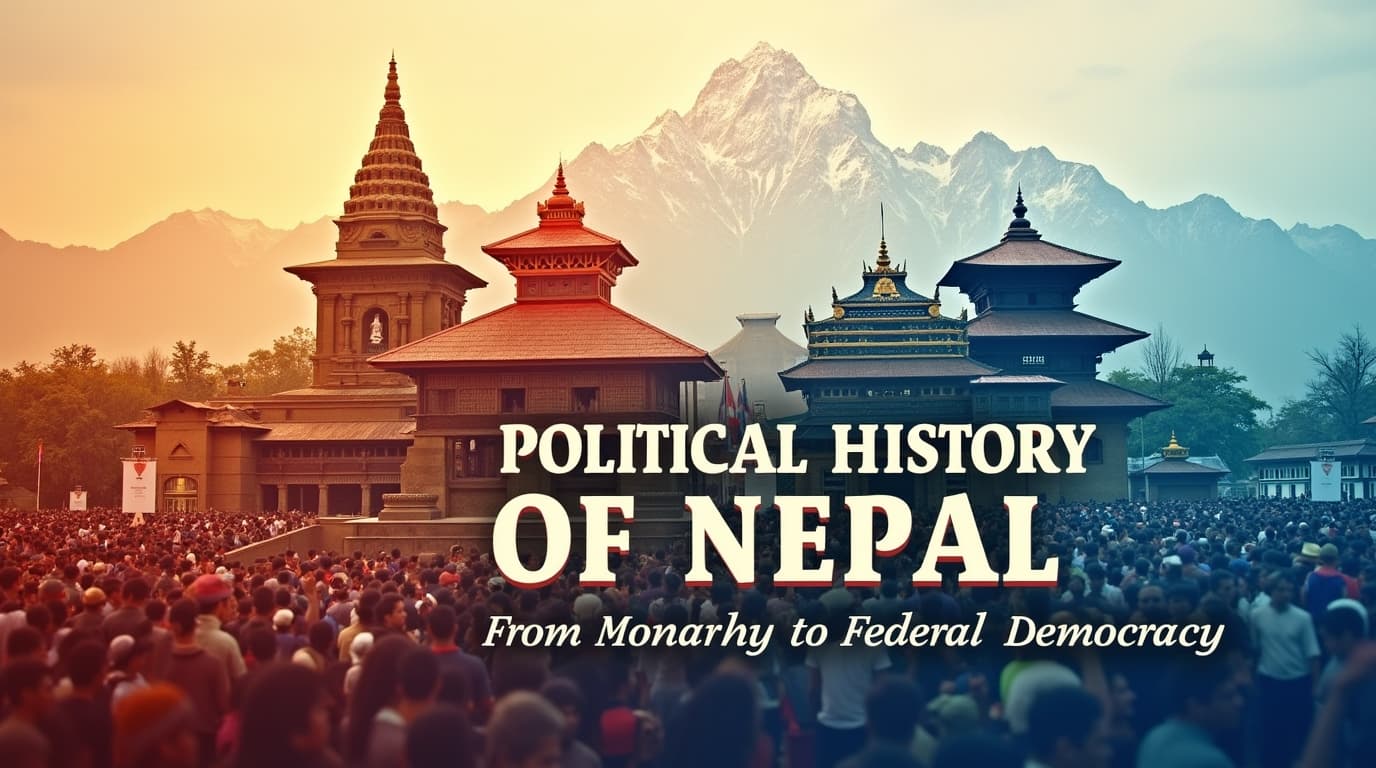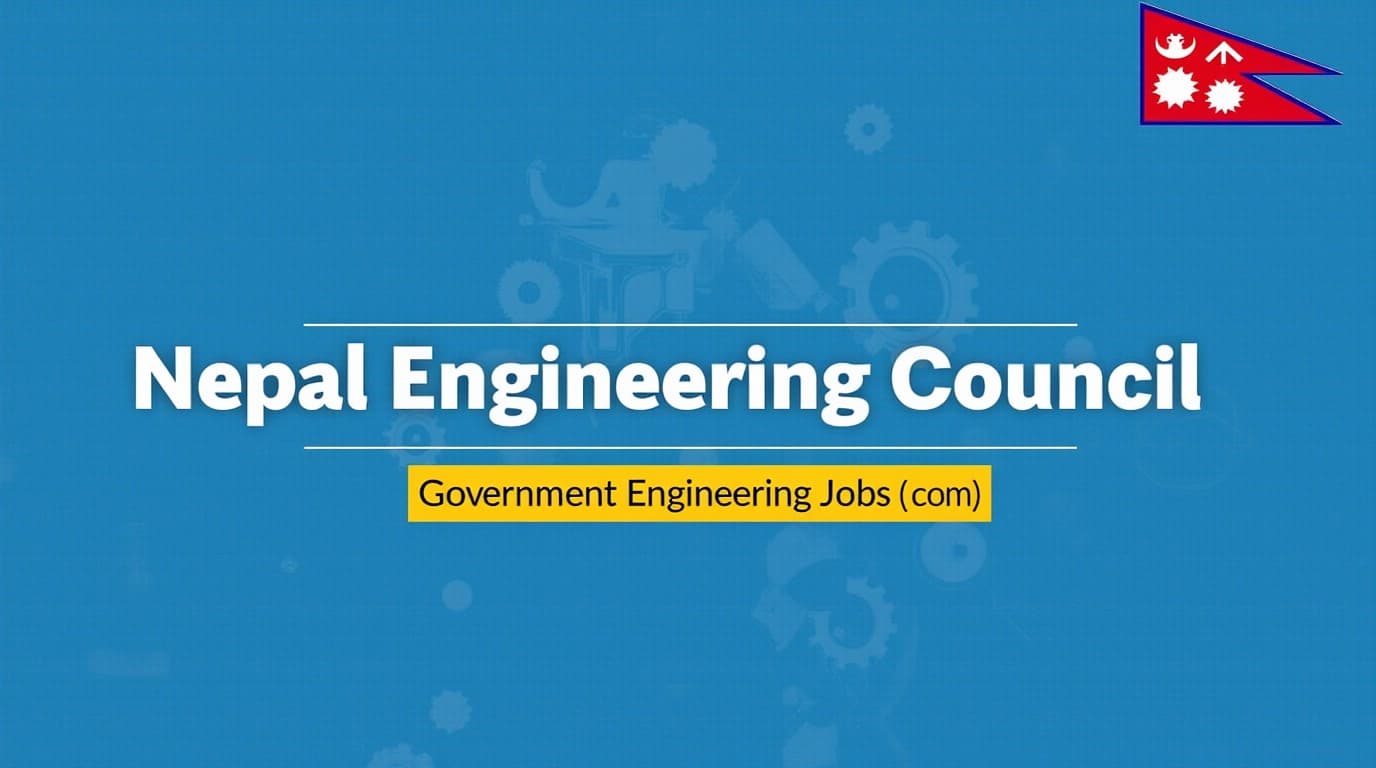Nepal Army Salary, Ranks and Duties 2081/2082 | Complete Guide


The Nepal Army plays a crucial role in safeguarding the sovereignty and territorial integrity of the nation. With a legacy of discipline, honor, and service, it is one of the most respected institutions in Nepal. This article provides a comprehensive overview of Nepal Army ranks, responsibilities, monthly salary structure, and benefits for the fiscal year 2081/2082 (2024/25).
Nepal Army Officer Ranks:

Officer Cadet (अधिकृत क्याडेट):
Officer Cadets are trainee officers undergoing military education and leadership development. They prepare to become commissioned officers through rigorous training at the Nepal Army Academy. Their duties include physical conditioning, academic study, and practicing military tactics. Upon successful completion, they are commissioned as Second Lieutenants.
Second Lieutenant (सहायक सेनानी):
Second Lieutenants are the junior-most commissioned officers in the Nepal Army. They typically command a platoon (30–40 soldiers) and are responsible for the discipline, training, and morale of their troops. They also execute orders from senior officers during both peacetime and combat operations.

Honorary Lieutenant (मानार्थ उप सेनानी):
This is an honorary title awarded to retired or exceptionally distinguished personnel. Though not involved in active service, it serves as recognition for their outstanding contributions. It holds ceremonial value and is often awarded near or after retirement.
Lieutenant (उप सेनानी):
Lieutenants are responsible for leading a platoon and overseeing daily military operations. They ensure discipline, training schedules, and combat readiness. They also play a critical role in managing junior soldiers and mentoring Second Lieutenants under their command.
Honorary Captain (मानार्थ सह-सेनानी):
Like the honorary lieutenant, this rank is awarded as a mark of respect to retired personnel who served the nation with distinction. It carries no official duty but recognizes years of dedicated service.
Captain (सह-सेनानी):
Captains command a company of around 100–150 soldiers. They are responsible for operational planning, resource management, and implementing orders from higher command. Captains also supervise Lieutenants and ensure the tactical effectiveness of their company.
Major (सेनानी):
Majors are mid-level officers who command multiple companies or assist higher-ranked officers in battalion-level decision-making. They plan and supervise training exercises and play a vital role in strategic planning and field operations.

Lieutenant Colonel (प्रमुख सेनानी):
Lieutenant Colonels typically command battalions and oversee both tactical operations and administrative functions. They manage the training, readiness, and logistics of hundreds of soldiers. They also act as senior advisors to Colonels and Generals.
Colonel (महासेनानी):
Colonels are senior officers who command full battalions or serve in high-level staff positions. They make key strategic decisions and ensure that operations run efficiently. Their responsibilities extend to interdepartmental coordination and resource allocation.
Brigadier General (सहायक रथी):
Brigadier Generals command brigades and provide leadership to thousands of troops. They are involved in high-level strategic planning and often represent the army in diplomatic and governmental matters. They coordinate large-scale military exercises and deployments.

Major General (उप रथी):
Major Generals oversee divisions and are key decision-makers in both peacetime logistics and wartime operations. They manage army personnel, equipment, and inter-agency coordination. They also supervise Brigadier Generals and ensure policy implementation.
Lieutenant General (रथी):
Lieutenant Generals are among the top military commanders in Nepal. They play a central role in planning national defense strategy, overseeing training, procurement, and military readiness across the country.
Chief of Army Staff (COAS General – महारथी):
This is the highest position in the Nepal Army. The COAS is responsible for all army operations and administration, directly advising the Ministry of Defense and the President. The COAS commands the entire army and ensures national security.
Nepal Army Non-Commissioned Ranks and Duties
Subedar Major (प्रमुख सुवेदार):
The most senior non-commissioned officer. Subedar Majors serve as a bridge between officers and enlisted personnel, advising commanders and ensuring discipline and training standards are maintained.
Warrant Officer First Class (सुवेदार):
Experienced leaders responsible for training and mentoring junior soldiers. They assist officers in operational planning and enforce discipline within units.
Warrant Officer Second Class (जमदार):
Play a key role in unit administration and tactical execution. They support junior officers and guide enlisted personnel through military procedures.
Sergeant (हुद्दा):
Sergeants are responsible for leading squads and managing daily training. They supervise Privates and Corporals, ensuring discipline and operational readiness.
Private (सिपाही):
Privates are the entry-level rank in the Nepal Army. They carry out orders from superiors, participate in training, and serve on the front lines during missions.

Allowances and Benefits
Nepal Army personnel receive several additional benefits including:
- Housing Allowance: For accommodation during service.
- Transportation Allowance: To support travel requirements.
- Risk/Hazard Allowance: Especially for soldiers posted in high-risk zones.
- Bonuses: Provided during festivals and for special operations.
- Medical Services: Free health care for soldiers and their families.
Retirement Benefits:
Nepal Army retirees enjoy several financial securities:
- Pension: Based on final salary and years of service.
- Gratuity: A one-time lump sum at the time of retirement.
- Post-Retirement Jobs: Many work in private security, consulting, or government advisory roles.

2081/2082 Salary Announcement:
As per the budget speech on Jestha 15, 2081 (May 28, 2024), the government did not announce any changes to the salary structure. However, the Nepal Army remains one of the most secure and respected career paths in the country due to its structure, benefits, and national value.
| Rank | Base Salary (NPR) | Grade | Grade Rate (NPR) | Final Salary (NPR) |
|---|---|---|---|---|
| COAS General | 67,140 | 2 | 2,238 | 71,616 |
| Lieutenant General | 64,540 | 2 | 2,152 | 68,844 |
| Major General | 62,680 | 2 | 2,090 | 66,860 |
| Brigadier General | 53,000 | 5 | 1,767 | 61,835 |
| Colonel | 49,380 | 5 | 1,646 | 57,610 |
| Lieutenant Colonel | 45,460 | 6 | 1,516 | 54,556 |
| Major | 42,380 | 8 | 1,413 | 53,684 |
| Captain | 41,050 | 6 | 1,369 | 49,264 |
| Lieutenant | 39,220 | 6 | 1,308 | 47,068 |
| Second Lieutenant | 37,990 | – | – | 37,990 |
| Honorary Captain | 37,630 | – | – | 37,630 |
| Subedar Major | 35,650 | 3 | 1,189 | 39,217 |
| Warrant Officer First Class | 30,200 | 7 | 1,007 | 37,249 |
| Warrant Officer Second Class | 28,570 | 6 | 953 | 34,288 |
| Sergeant | 24,800 | 6 | 827 | 29,762 |
| Private(Sipahi) | 22,680 | 8 | 756 | 28,728 |
Final Thoughts:
The Nepal Army offers more than just a salary – it offers a life of honor, service, and national pride. Each rank carries responsibilities essential to national security and peacekeeping. Whether you’re considering joining or simply curious, understanding these ranks and duties gives great insight into Nepal’s defense force.
Ranks Gallery:










